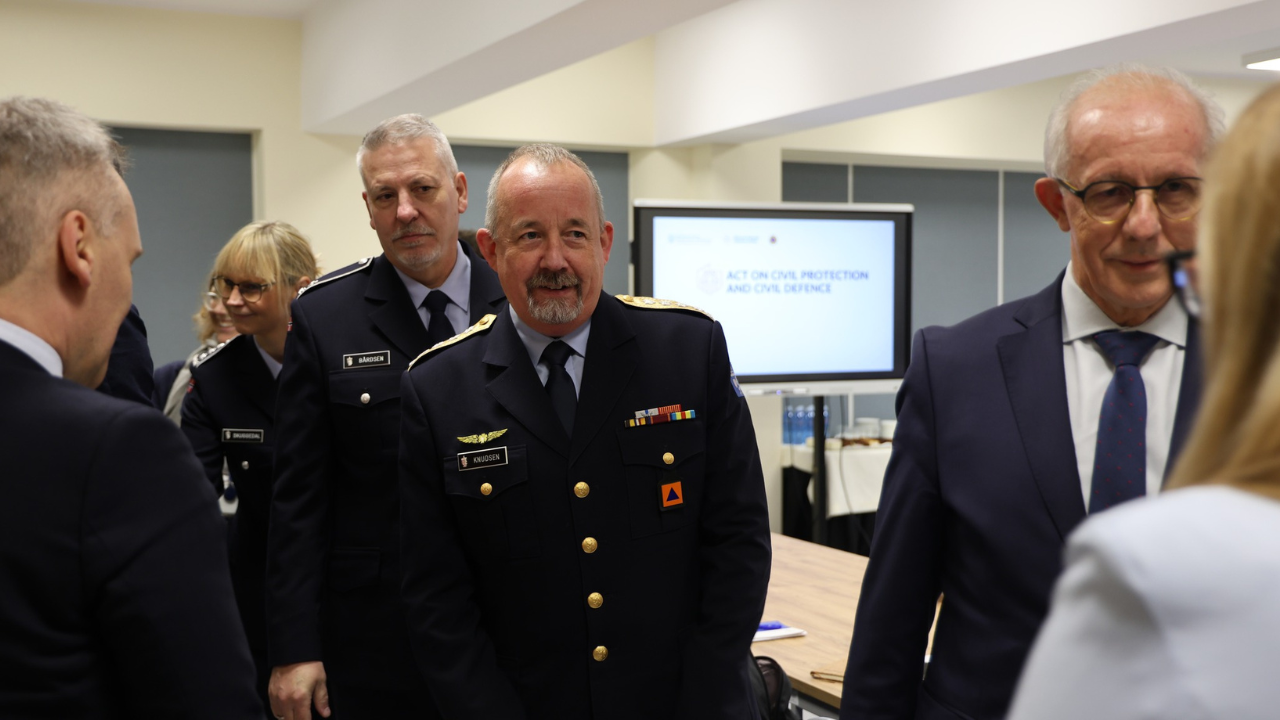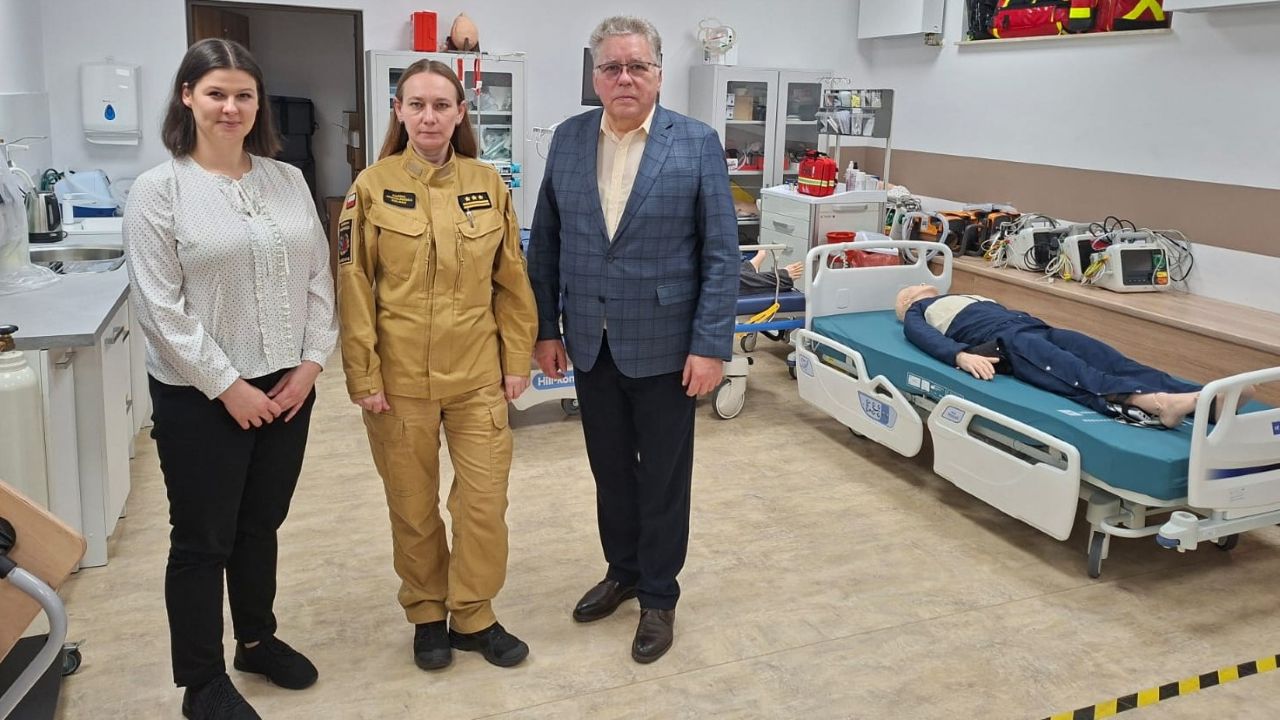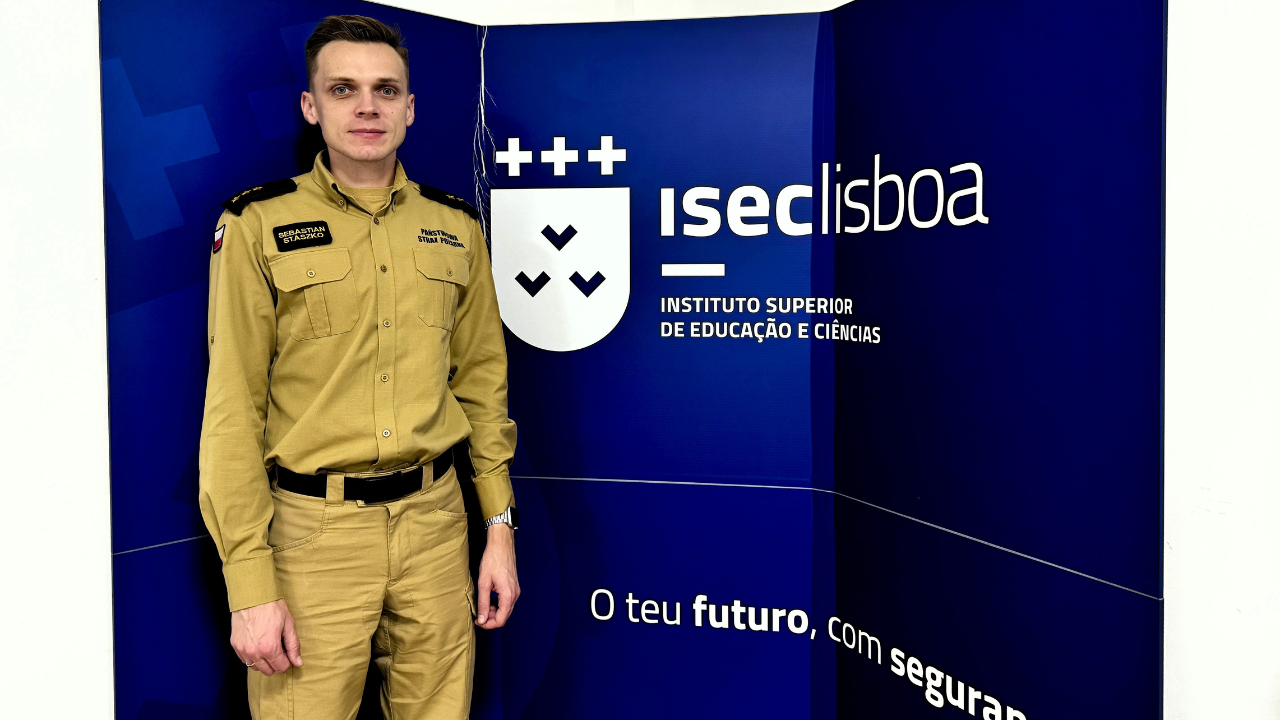On June 5, 2025, within the walls of the Fire University in Warsaw, the 65th meeting of the CTIF HAZMAT Commission commenced. The gatherings of this international expert group—bringing together specialists in hazardous materials rescue operations—take place twice a year. Every six months, delegations from a dozen or more countries convene to jointly refine procedures and standards for responding to chemical threats.
CTIF (Comité Technique International du Feu) is the International Technical Committee for the Prevention and Extinction of Fire. Its primary goal is to support international cooperation among fire and rescue services as well as research institutions, and to foster the development of new technological solutions and best practices in fire protection and rescue. One of CTIF’s divisions is the HAZMAT Commission (Hazardous Materials), which focuses on issues related to hazardous substances—their identification, transport, storage, and methods of mitigating the risks they pose to people and the environment.
The Fire University was chosen as host for a good reason: for years, it has been training firefighting specialists and has earned recognition on the international stage. During the opening of the meeting, the Commander-in-Chief of the State Fire Service, brigadier general Wojciech Kruczek, took the floor. In his address, he emphasized how urgent CBRN (chemical, biological, radiological, and nuclear) matters have become, especially in the context of Poland’s security:
“CBRN incidents are ceasing to be merely hypothetical scenarios—particularly now, with war raging just beyond our eastern border. We face not only technical failures but also intentional acts by malicious actors. That is why we are actively developing our response system for such events, investing in modern training, equipment, and procedures to better protect our citizens and those who assist on the scene.”
The Commander-in-Chief of the State Fire Service also expressed his appreciation for the Commission’s work, noting that its efforts—from Hazmat education and tactical development to modern tools supporting rescuers—translate into heightened safety across all of Europe.
Col. Zdzisław Salamonowicz representing Poland on the CTIF HAZMAT Commission. Representatives of CERN—the European Organization for Nuclear Research, best known for its research center in Geneva, where advanced particle physics experiments and accelerator and detector technologies are developed—are also participating in the meeting.
Over the course of these three days, delegations from countries such as Switzerland, the United Kingdom, Germany, France, the Czech Republic, Slovakia, Finland, and Estonia, as well as CERN, will work to forge common positions on the challenges posed by a growing number of HAZMAT incidents—from road accidents involving tankers to toxic leaks at industrial facilities, and risks associated with rail and maritime transport. Special emphasis will be placed on exchanging experiences in rapid substance identification, decontamination procedures, and coordinating international rescue operations.
The Commander-in-Chief of the State Fire Service underscored that the 65th meeting of the CTIF HAZMAT Commission is taking place during Poland’s presidency of the Council of the EU—a period in which security in the face of a broad spectrum of threats has been recognized as a priority.
We believe that the outcome of these three days of discussions and workshops will be an even better preparation of all rescue services for future challenges, and that the cooperation among nations—so aptly illustrated by the words of the Commander-in-Chief of the State Fire Service—will contribute to an increased sense of security for our citizens.




